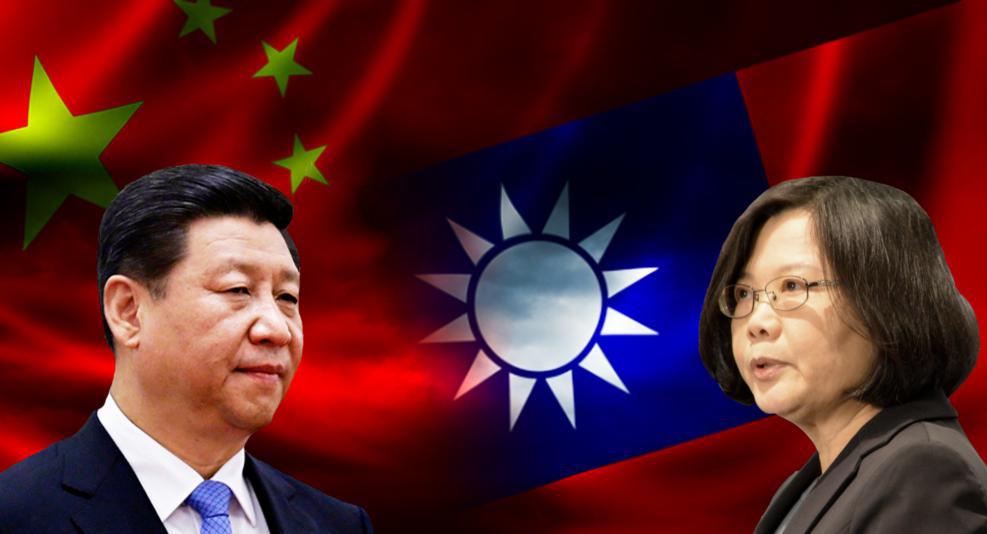The PRC, being the largest country in Asia with the largest population in the world (as of the beginning of 2018, 1.39 billion people), has a rather complicated administrative division. China is famous for its ancient culture, which has millennia-old roots and a great history. It was the Chinese who first invented paper and ink, a printing press and gunpowder, silk and porcelain. The main language is Mandarin, and the main religions are Buddhism, Christianity, Taoism and Islam. In 1949, when the Communists defeated the Kuomintang (nationalist party), the country became known as the People's Republic of China.
The current form of administrative-territorial division of China is a three-level system that divides the state into provinces, municipalities with direct central administration and autonomous regions. The country's constitution allows the government to create special administrative regions by its decision.
Both provinces and autonomous regions consist of prefectures, counties, counties and cities. Counties and autonomous okrugs are subordinate to villages, ethnic communities, and small towns.
Municipalities under centralized management of large cities consist of districts and counties.
The PRC includes twenty-three provinces, five autonomous regions, four centralized municipalities and two special administrative regions.
Subjects of the administrative-territorial division and economic zones of China, subject to the central authority, have great autonomy in terms of economic policy.
Provincial Formation Features
The provincial government is next after the central level of leadership in the hierarchy of power of the administrative-territorial division of China.
The borders of most of these territorial entities (Anhui, Gansu, Hainan, Guangdong, Hebei, Guizhou, Heilongjiang, Jilin, Jiangsu, Henan, Liaoning, Qinghai, Hunan, Shaanxi, Jiangxi, Shandong, Shanxi, Sichuan, Fengjiang ) were defined back in the era of ancient dynasties and formed on the basis of cultural and geographical features. They are governed by a provincial committee led by a secretary who is personally responsible for the province.
Municipalities
Municipalities are the management departments of the largest cities, independent of the provincial leadership, and in the administrative division of China they are equal to their provincial counterparts.
Municipalities include cities such as Beijing, Chongqing, Shanghai and Tianjin. Their jurisdiction covers the entire territory of the city with adjacent rural areas. The mayor here has the highest powers, at the same time fulfilling the duties of deputy secretary of the Communist Party, being a member of the national representatives of the All-China Assembly (the highest legislative body of the country).
Autonomous regions of China
Another important link in the administrative division of China are the autonomous regions. They, as a rule, are formed on a cultural basis and have a higher number of people of a certain ethnic group (Guangxi, Xinjiang, Inner Mongolia, Ningxia and Tibet) in comparison with other regions of China. Autonomous regions are similar to provinces, as they also have their own governing body, while possessing large legislative rights.
Special Administrative Regions
In the administrative division of China, the special administrative regions, unlike other administrative units of the first level, consist of separate Chinese territories: Hong Kong and Macau. These regions fall under the authority of the central government, although they are located outside the mainland. They are given a higher level of autonomy with their governments, multi-party legislatures, currency, immigration policies and the legal system. This phenomenon, quite unique in world practice, is called the principle of "one China, two systems."
Disputed Claims Against Taiwan
Located southeast of the Chinese mainland, opposite Fujian, Taiwan is surrounded by the Pacific Ocean in the east and the Taiwan Strait in the west. It includes the islands of Taiwan, Penghu and another 80 small neighboring islands and islets. In 1981, China (in this context, the People's Republic of China) unsuccessfully proposed that Taiwan (the official name of the country is the Republic of China) reunite as a special administrative region (following the example of Hong Kong and Macau) in order to recognize China as the only representative of the Celestial Empire in relations with other countries. This confusion in names appeared in 1949, after the above-mentioned civil war, and since then two China have been side by side.

In the PRC, speaking of Taiwan, it is forbidden to use its official name, and therefore the definition of "Chinese Taipei" is in use. However, supporters of independent Taiwan do not agree with this, believing that the label "Taiwan, China" is offensive to their country, although at the same time there are many supporters of reunification.